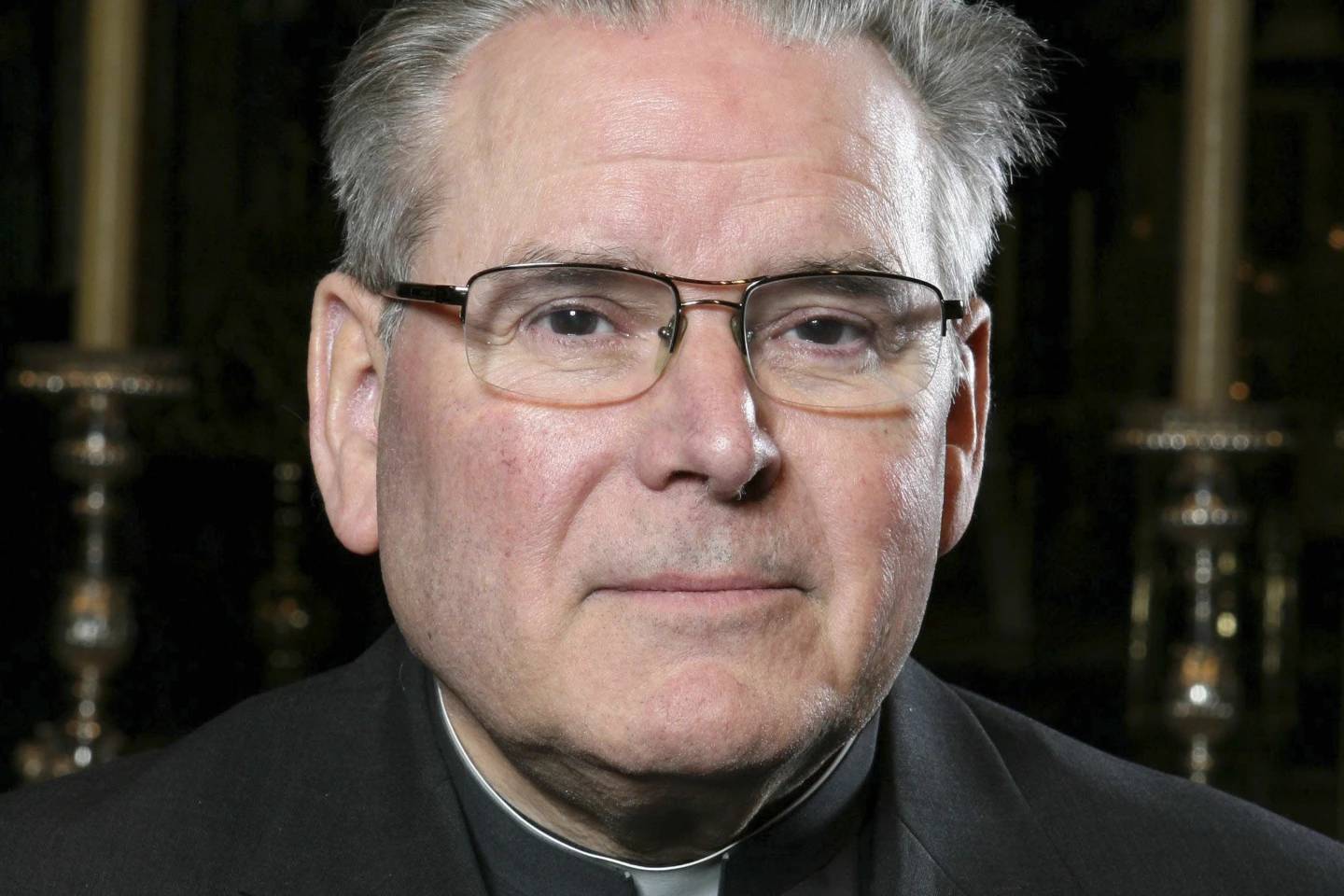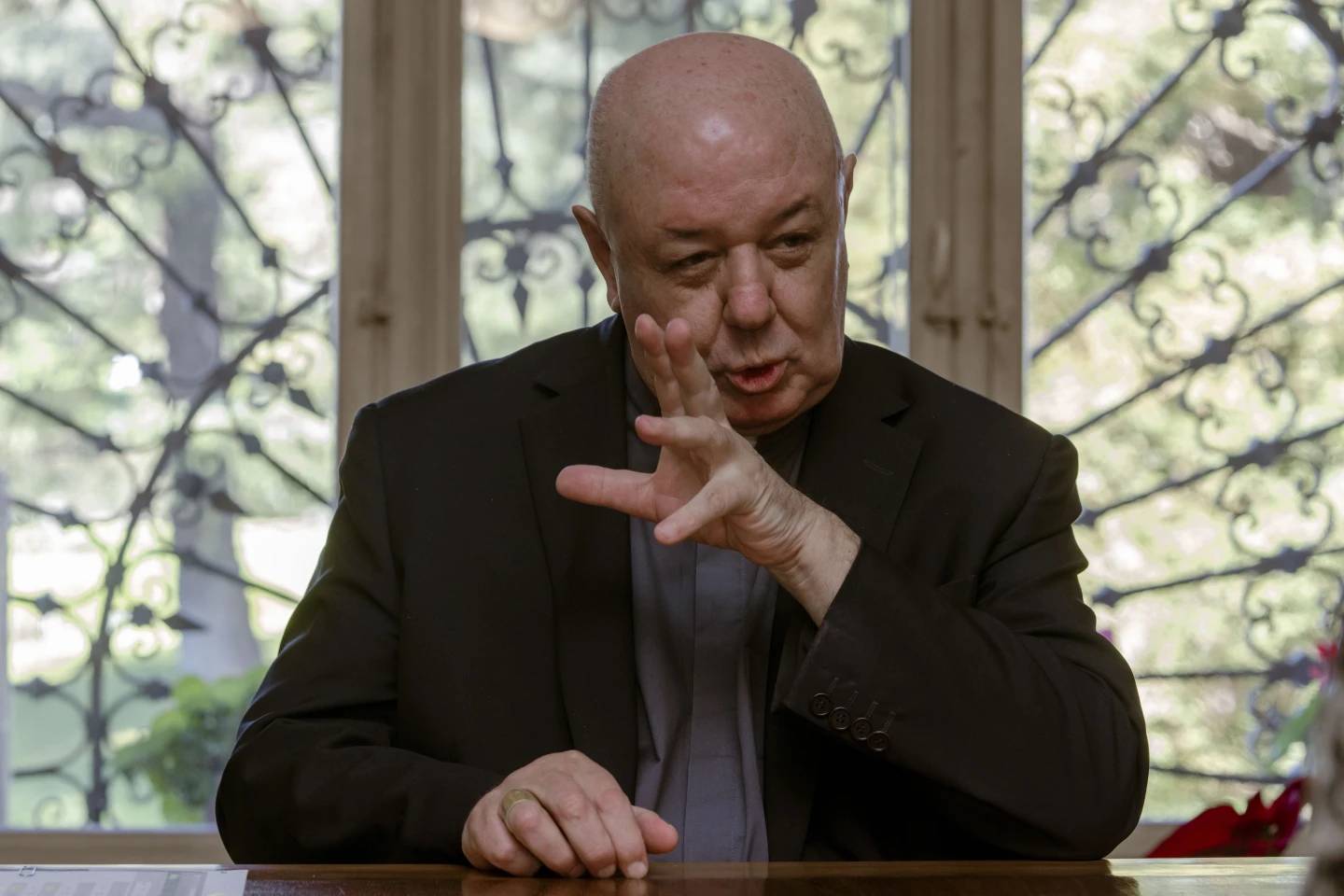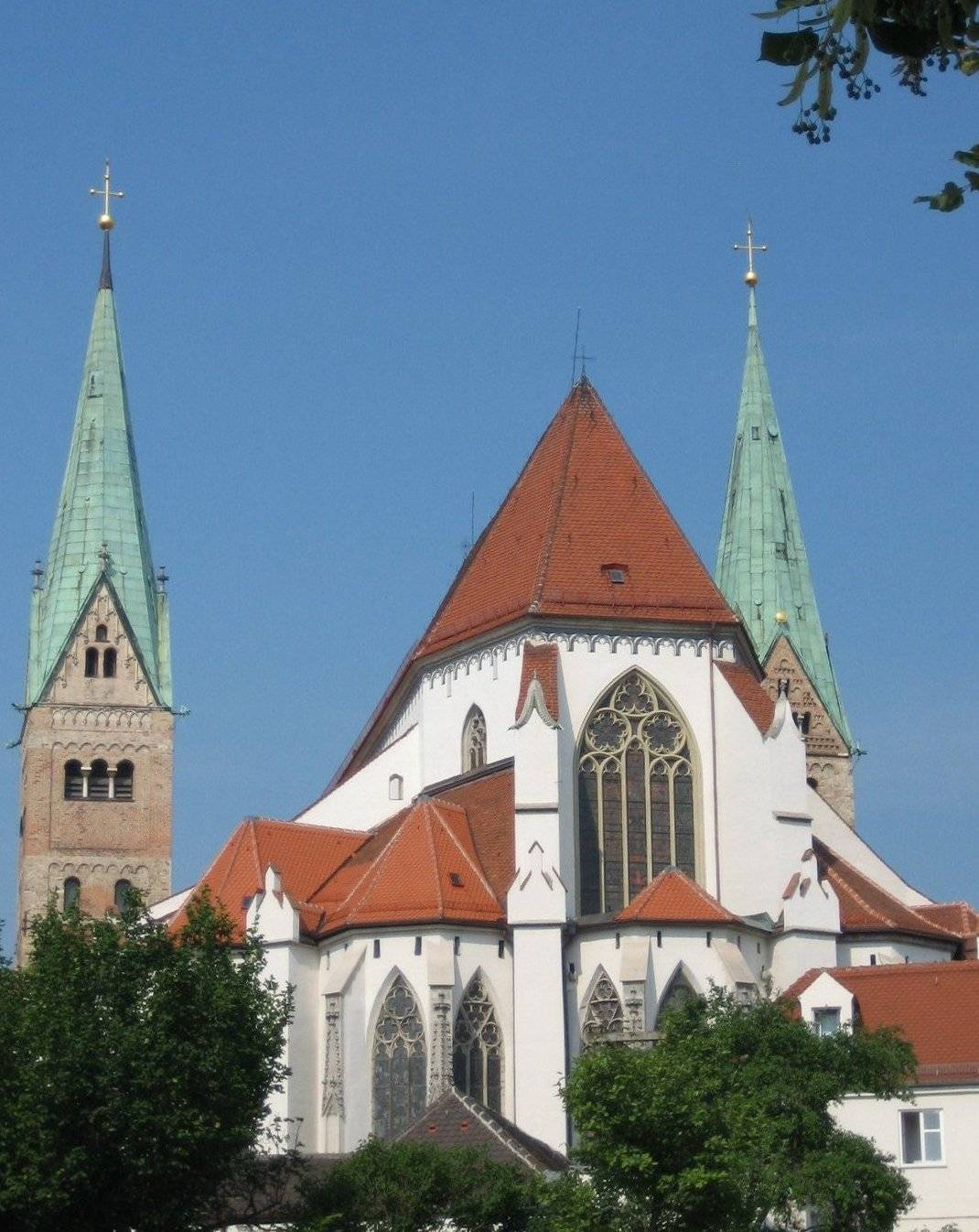TREVI, Italy — Sister Caterina was praying with the eight nuns of her Benedictine order in the central Italian town of Norcia when the earth began to roar.
The abbey and the ground beneath the nuns’ feet shook and they were thrown around. The ceiling cracked and crumbled. A cupboard crashed to the ground.
Stepping to the door, Sister Caterina caught a glimpse of how the Sunday-morning earthquake was being experienced in the town below.
“Smoke, and people’s cries of fear. If I close my eyes, I cannot help but relive it,” she recalled.
But once the 72-year-old nun saw that her fellow sisters were unharmed and the abbey’s prayer room was still standing, she turned to her safe haven — her faith — and led the nuns back to prayer, asking that God might “at least save some lives.”
Their prayers, it seems, were granted. No deaths have been reported so far from the quake that hit Norcia and the surrounding region — the third to shake the mountainous region some 100 kilometers northeast of Rome since August.
The latest earthquake — magnitude-6.6, the strongest to hit Italy in 36 years — caused no deaths or serious injuries largely because the most vulnerable city centers had already been closed due to previous damage and many homes had been vacated.
What it did not spare was the nuns own religious order, razing the basilica that had been built in 1200 on the ruins of a 1st-century Roman building, and remodeled several times over the centuries, including the addition of a 14th-century bell tower. Only the facade remains.
“Seeing the basilica collapse was truly sad, like cutting a story: here it ends. But how do we start again?” said Sister Caterina.
After 30 to 45 minutes of prayer, police arrived at the abbey to bring the nuns to safety, along with eight other cloistered nuns who had no contact with the outside world.
Television pictures showed some of the nuns running into the town’s main piazza as the earth began to shake again, and later kneel in prayer.
Sister Caterina went back into the monastery only once, to get her cell phone, which was ringing with calls from worried relatives.
Caterina is not new to earthquakes. She was born in Norcia and has lived through vicious ones in the 1970s and 1990s. But “this was the worst of them all.”
The repeated shocks — this week’s followed an initial earthquake in August that killed 300, and there were more tremors last week — are causing people to lose hope, she said.
The loss of the Benedictine basilica is a hit not only to her but also to the population of the town, for whom it was a proud symbol of their home and a draw for tourists.
Despite the proclamations of Premier Matteo Renzi that everything will be rebuilt, Caterina says she has seen enough of quakes to know that’s an empty promise. The reconstruction effort will drag on and on, she says, and people will lose hope.
“What the earthquake hasn’t destroyed, the bureaucracy will.”
For the foreseeable future, the nuns will live at the Santa Lucia di Trevi Benedictine monastery with nine nuns already in residence, where they have found space to maintain their tradition of prayer, work and sleep in equal parts.
While the nuns found a relatively easy transition to temporary quarters, many other residents of the mountainous region of central Italy are resisting relocation, appealing for campervans and tents so they can remain close to their homes and businesses.
The latest quake complicated relief efforts in a fragile zone still coping with the previous quakes.
Civil protection officials said the number of people needing housing has risen by 15,000 since Wednesday, a figure that does not include the 2,000 who remained displaced from the August quake.
Although thousands already have been moved to coastal regions out of harm’s way, a growing number of quake-stricken communities are insisting on staying put. They say they have businesses to tend to, not infrequently involving livestock, or think that if their homes are still standing they remain the safest place to be.
On Monday, some 20 people remained in the hilltop town of Castelluccio, which aerial video shot by Italian firefighters show was all but razed on Sunday. The town is famous for its lentils and its spectacular display of wildflowers, and the residents who stayed behind include farmers and shepherds sharing a camper and two containers they organized themselves, according to the news agency ANSA.
“This town is dead and buried,” resident Adorno Pignatelli told Italian news agency ANSA. “But we will continue to grow flowers because we won’t let it die definitively.”
The head of the Coldiretti farm lobby in Macerata province, Francesco Fucilli, said many livestock owners had suffered both damaged barns and homes. They cannot relocate to shelters because they need to stay near their animals at night, Fucilli said, so are appealing for campers, containers or other temporary structures that would allow them to shelter in place.
“This is a very dramatic situation,” Fucilli told The Associated Press. “Our livestock breeders cannot move, especially at night. They need to be near their animals to sleep, to look after them and protect them from wild animals.”
Wolves in the area are a problem in particular for sheep. For now, cows remain at pasture, but will need to have their barns rebuilt before freezes begin in a few weeks, he said.
Civil protection officials said they expect the number of people needing assistance to continue to rise, as it doesn’t count the many people who were sleeping in vehicles or had made other arrangements before the latest earthquake. Temperatures overnight reached near freezing, and officials have expressed concern for the many elderly residents of the mountain communities.
“We cannot have tents for some months in the mountains, under the snow,” Premier Matteo Renzi wrote in a message on Monday. “There are enough hotels for everyone. But many of our compatriots don’t want to leave their lands, not even for some weeks.”
Civil protection authorities have urged people to move out of the quake zone, citing the difficulty of putting up tent cities in the mountainous region and the onset of winter. Many people have been moved to coastal areas, where summer resort hotels are mostly idle, and other zones away from the hardest-hit areas.
In the town of Norcia, which the nuns evacuated, the mayor was urging people to accept temporary housing at least for a couple of days to give authorities a chance to better assess damage. Mayor Nicola Alemanno said tents that can house a couple of thousand people had been erected, while 500 have moved to hotels.
“Norcia won’t die,” the mayor told ANSA. “It will be reborn on the house of St. Benedict, the basilica that came down in the earthquake yesterday.”
















